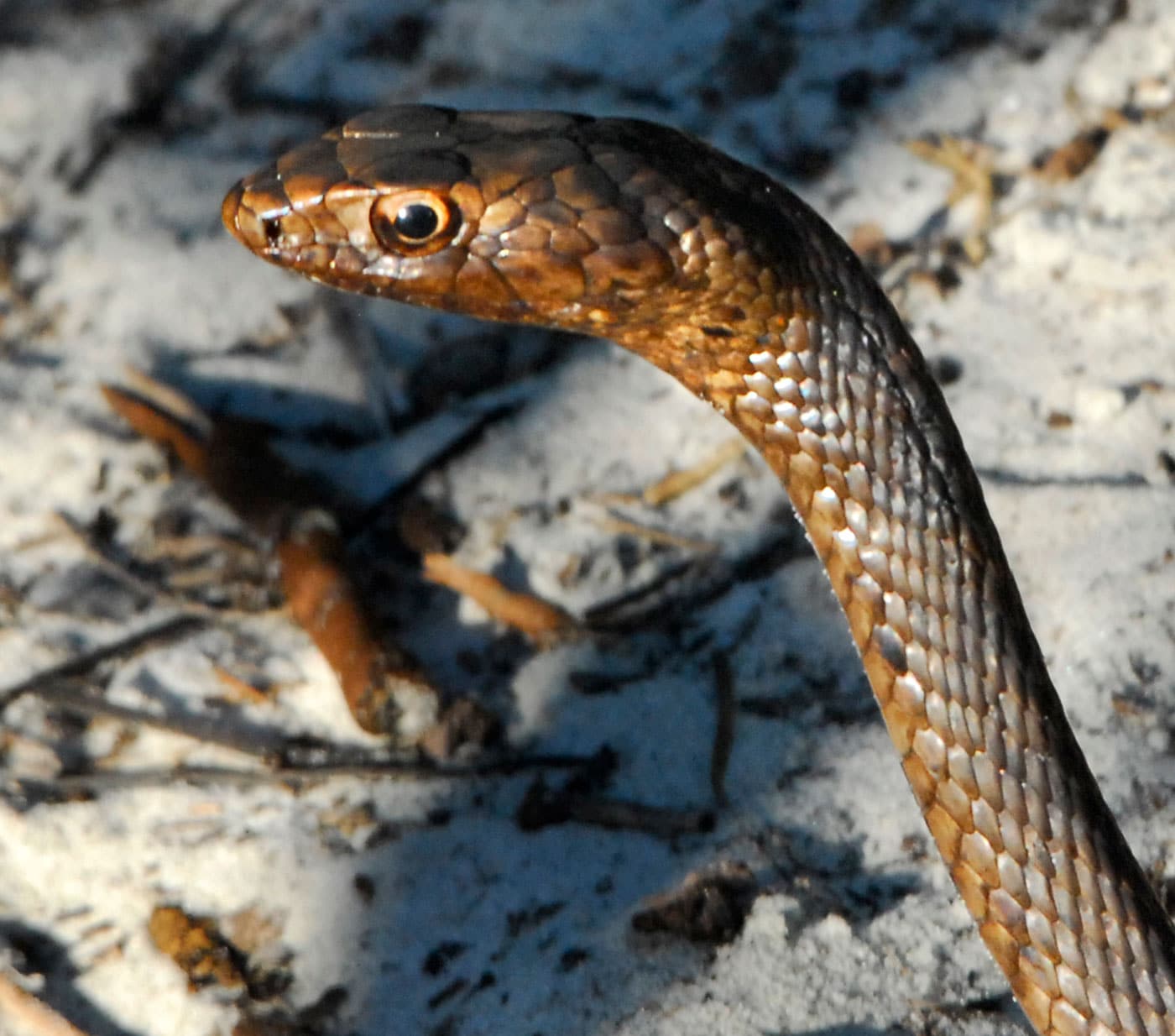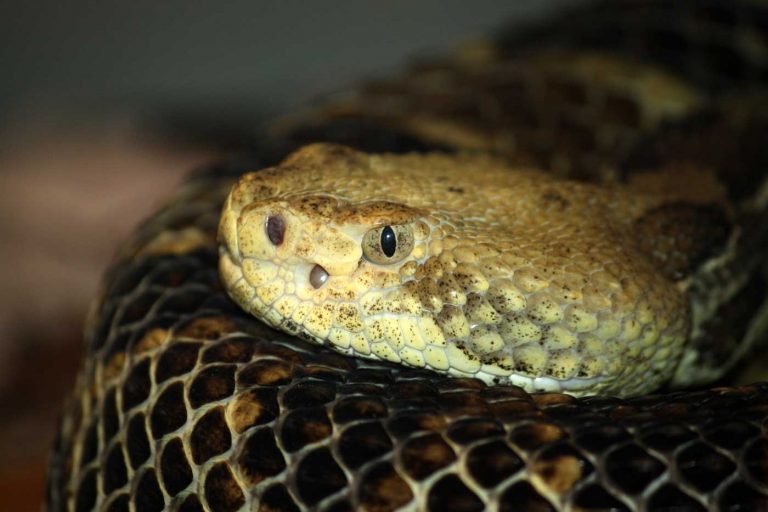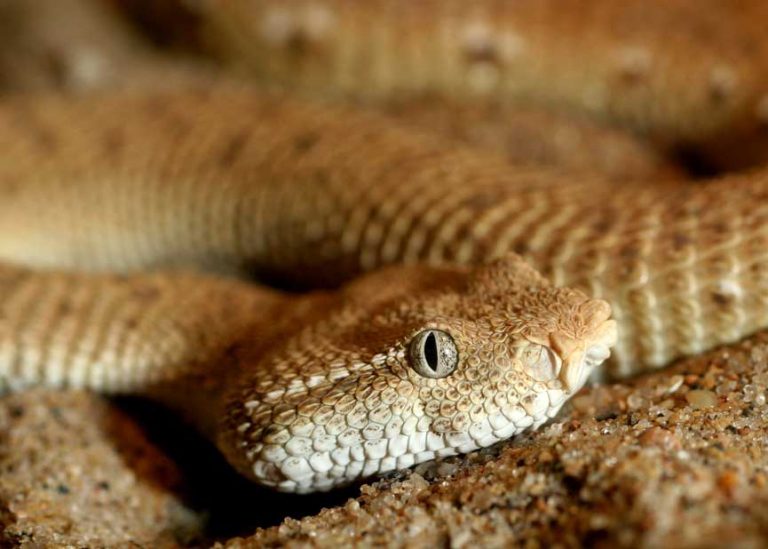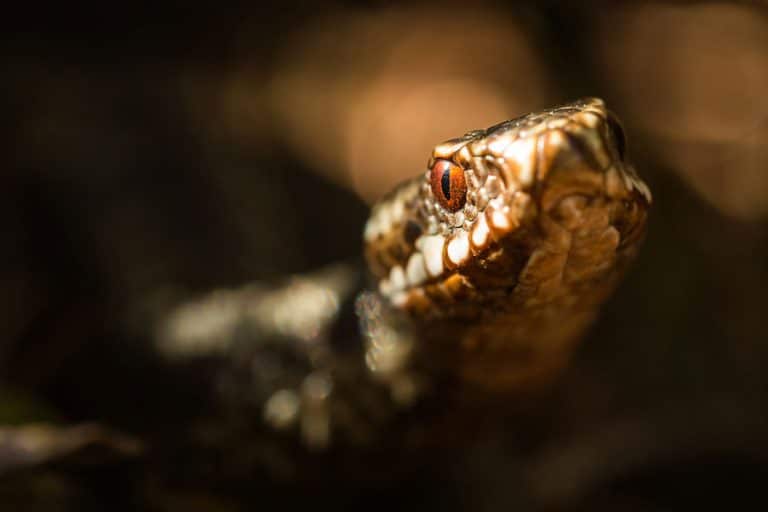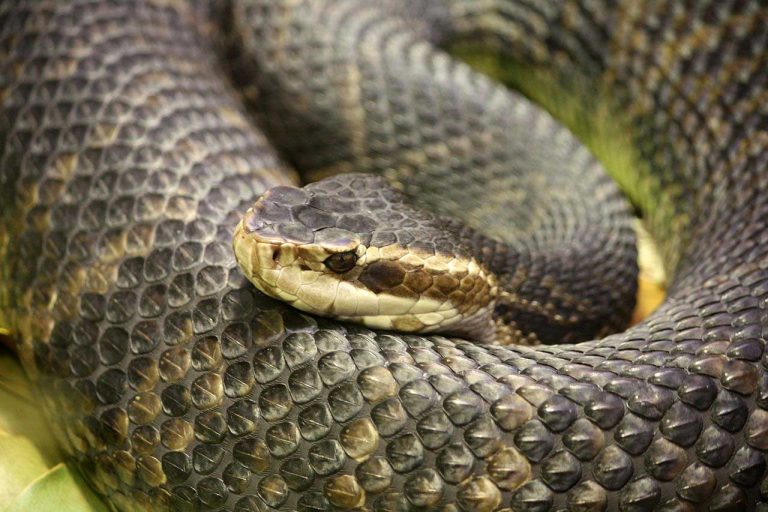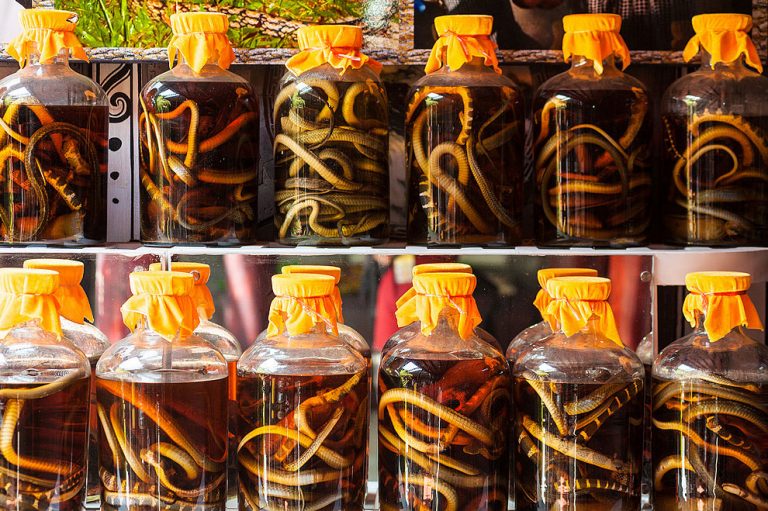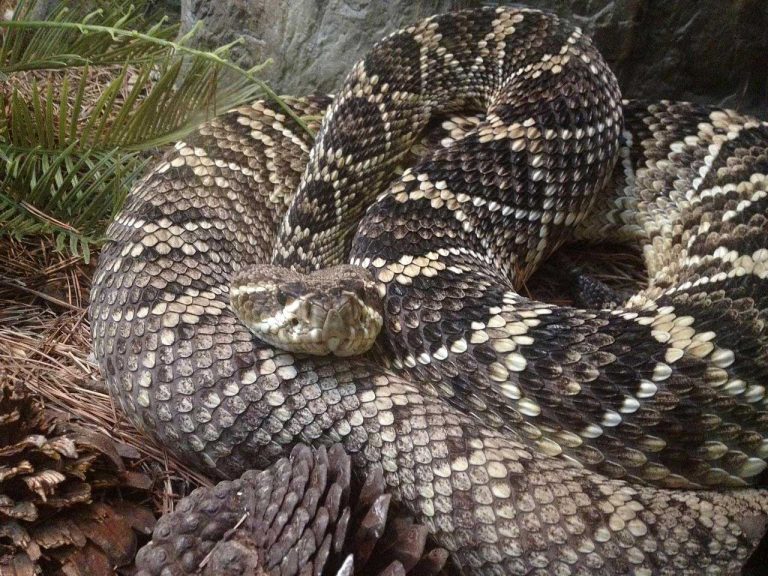Coachwhip Snake
Scientific Classification
| Kingdom: | Animalia |
| Phylum: | Chordata |
| Subphylum: | Vertebrata |
| Class: | Reptilia |
| Order: | Squamata |
| Suborder: | Serpentes |
| Family: | Colubridae |
| Subfamily: | Colubrinae |
| Genus: | Masticophis |
| Species: | M. flagellum |
| Binomial name: | Masticophis flagellum |
The snake Masticophis flagellum is a type of colubrid snake that is nonpoisonous, They generally call it the whip snake or the Coachwhip snake, and they are widely spread in Mexico and the United Snakes. Seven subordinate species of that kind exist, of which the nominal typical subordinate variety is one. Coachwhip snakes are quick, big, and exclusive in their outlook, impressive specimens of Mother Nature’s creativity. The Coachwhip snake, especially, reminds us of Mother Nature’s innovative diversity, as their life is particularly tailored to unfriendly environments.
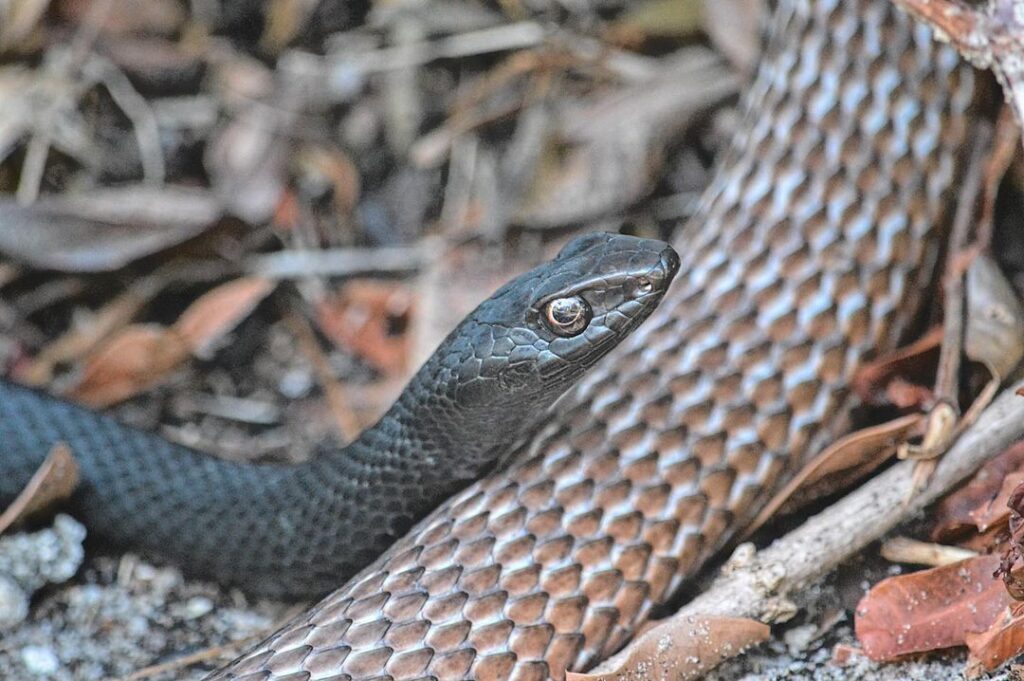
Anatomy
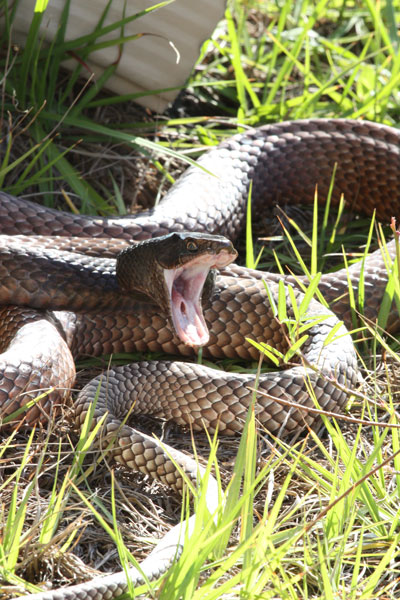
The features of the Coach whip snake are a tiny head, slim body and big eyes with a round pupil. They display color variables. All the more, they are ideally suited for camouflaging in the wild. M. F. Testaceus has characteristically light shade having deep brown speckles, In the western regions of Texas, the color of the soil has a pink shade, and there, the Coachwhips too are pink, M. F. Piceus was named so since they often, but not always, are colored red somewhere in their body. The Coachwhip scales have designs, that at a glance seem plaited. In overlapping ranges, it is difficult to differentiate the subspecies. The standard size of an adult is 127-183 cm (50-72in). The recorded size of a Coachwhip belonging to the race of the Eastern Coachwhip was 259cm (102in) Quite different from the other snakes, the head of the Coachwhip is as thin as its body width. So it is difficult to differentiate its head from its tail from a distance. As they are very thin, Coachwhip snakes attain extraordinary lengths. Some of them grow up to attain lengths of more than 2m. In general an adult grows more than one meter.
The color of the neck and head is generally black, whereas the body slowly fades to a light tan color towards the tail. Certain Coachwhips have homogeneously cream or tan color and a melanistic (fully black) stage appears. The backs of the Coachwhip Snake and its belly, are colored alike. However, at times, throughout the length of their body they have an array of black dots in two lines. Their jaws are strong and head is big is size. The thin lengthy tail scales and coloration on the Coachwhip resembles a plaited whip. It is from this feature that the snake got the universal name Coachwhip.
Behavior
The Coachwhip snakes are active both during the day and night; they smartly forage lizards, rodents and small birds. They are susceptible to probable dangers, and habitually, when they signal a threat, they flee away. These snakes are thrilling, inquisitive and possess good vision. Furthermore, they are at times noticed lifting their heads over the rocks and grasses to perceive what is going around.
The time when they are agitated they flee away or climb up short trees and shrubs. At times, following their flight the tip of their tail vibrates between the fallen down leaves or the waste in the ground and makes a sound that resembles that of a rattlesnake. In case they are trapped, they snakes start striking incessantly (frequently on the face of the enemy). When they get a chance, they bite them sturdily. Although they defend themselves in a hostile manner, they do not pursue an individual and whip them to death as the myth implies.
Habitat
Generally Coachwhips occur in the geographic range of prairies, sandy soil, old fields and vast forests of pine. They flourish well in the dunes in coastal regions as well as scrubs of a sand hill.
As a Pet
Breeding
Similar to the other varieties of snakes in the United States, March to June are the months in the spring when these Coachwhips naturally breed. The female Coachwhip snake lays its eggs and hatches them; they do not give birth to young ones, which means, they are oviparous. The abnormal feature of the females is that they are capable of hatching a large number of eggs. At times there are as much as 30 eggs in a clutch. Several persons are eager to find ways to slaughter a coachwhip snake. The ideal way of escaping from a Coachwhip snake is to leave it on its own, Coachwhip snake traps are also available to get hold of them, it is a good method of getting rid of them.
Housing
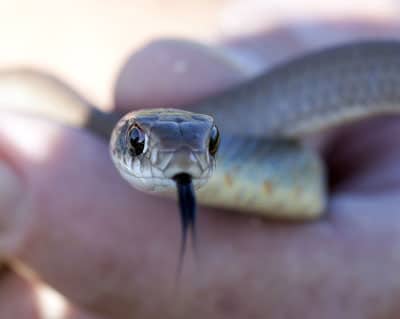
It is a general belief that Coachwhip snakes are retained in comparatively huge cages. This may not be required required, but still, many keepers keep their grown-up Eastern Coachwhip snakes in a melamine terrarium, 3feet long, but with the westerns Coachwhips in a transparent Sterlite brand box 3 feet long. These arrangements will suit these snakes ideally.
• An artificial enclosure made of wood, with the front portion made of glass and with sufficient ventilation, is what is required. A vivarium of size 120cm x 60 cm x 45 cm (4ft x 2 ft x 18 in) is sufficient for a pair of Coachwhip snakes. Keep a tiny hatchling tub for the young ones and place in a big enclosure. Be certain that you keep similar sized snakes since there are instances of some species eating their own kind. Besides, make certain that you provide enough hideouts for them to hide in if it so desires.
• For protecting your snakes from heat burns, fit wire mesh where ever there is a heat source
• Avoid fitting a thermostat in the vivarium for recording temperature, since you do not get a correct reading; place a thermometer on both sides of the enclosure.
• Make facilities for providing fresh water throughout for your pet. These snakes require tiny water bowls.
• Coachwhip Snakes kept in captivity, live for as long as 16 years, but there is no idea of its prolonged existence in nature.
Substrate
The best substrate for this snake is chip shop paper or newspaper. This snake stresses easily; therefore facilitate them with many hiding places. Bark Mulch (cedar free/pine and dust) also is a good substrate, because it has an aesthetic look that is lovely, However, be cautious that they do not consume them while feeding.
Food
While in nature, these snakes eat different kinds of lizards, birds, snakes (which includes rattle snake) and rodents. While foraging, it keeps its head upright, going behind the scent of the prey emanating from the burrows. While in captivity, feed them with suitable size of rodents in intervals of 5 days. Being agile, when compared to few colubrids, their metabolism is faster. Never feed these snakes with your hand. Every time, make use of tongs.

Having discovered a fondness for insects while pursuing her degree in Biology, Randi Jones was quite bugged to know that people usually dismissed these little creatures as “creepy-crawlies”.

